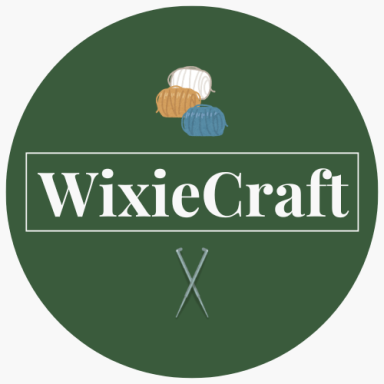What do you need to get started?
If you are new to needle felting, there are a few basic things you will need to get started.
Wool

When selecting wool for needle felting, carded wool is often recommended for beginners due to its advantageous properties.
This type of wool undergoes a process where it is washed and carded, resulting in fibres being separated and teased in various directions.
Carded wool is available in forms such as carded sliver or batt, both of which have a fluffy appearance.
Its structure makes it particularly suitable for needle felting, as a significant portion of the initial preparation is already completed, allowing for seamless blending.
For foundational projects, it is beneficial to use carded core wool, which generally has an off-white colour and tends to be more economical.
This wool serves as the base for creating basic shapes that can be later covered with coloured carded wool.
Additionally, tops wool, which consists of fibres that have been washed and combed in a parallel direction, is another option for covering basic shapes due to its smoother texture.
In some instances, yarns can also be employed to cover shapes, provided they contain at least 20% wool, with a higher wool content generally yielding better results.
There are numerous suppliers offering a diverse range of wools and colours, enabling crafters to find the materials that best suit their projects.
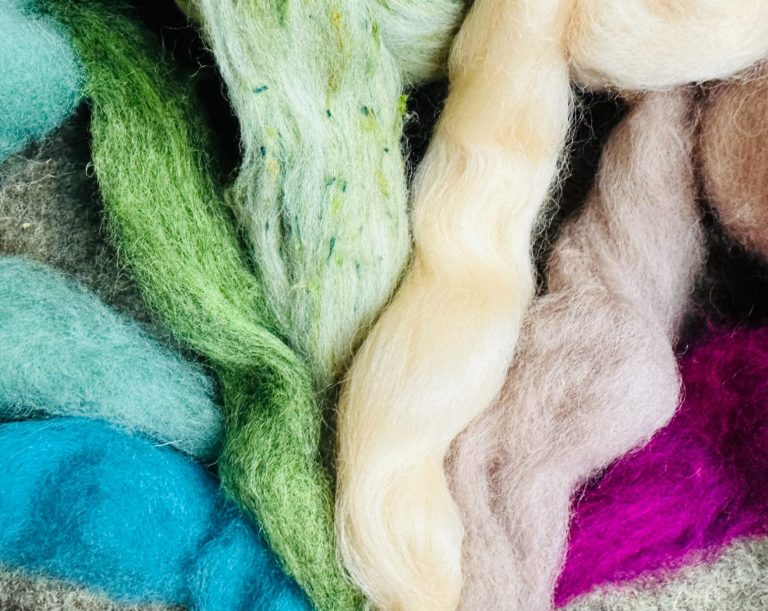

Felting Needles
Felting needles are essential tools for manipulating fibres, distinguished by their barbed tips that effectively interlock fibres during the felting process.
When the needle is inserted into the wool, it initiates this process, merging the fibres into a solid form.
Upon removal, the fibres remain tightly entwined, reducing the need for vigorous pulling.
It is important to note that needles with fewer barbs provide greater precision, allowing for careful adjustments during felting.
In contrast, needles with more barbs are advantageous for quicker results, facilitating efficient felting.
These needles come in various sizes, from a robust 32 gauge to a finer 46 gauge.
A helpful rule to remember is that a higher gauge number indicates a more delicate needle; for instance, a 38-gauge needle is sturdier than a 40-gauge, while a 36-gauge needle is even stronger.
New needle felters often start with a stronger needle for shaping and then switch to a finer gauge for a smooth finish.
There are several types of felting needles available, including triangular, spiral, star, forked, and crowned needles.
The triangular needle is particularly recommended for novices, as it serves as an excellent introductory tool and is available in gauges 36, 38, and 40, making it ideal for experimentation.
For those seeking a versatile option, the 38 star needle is both effective and efficient for a range of felting projects.
The 40 spiral needle is particularly suited for finishing touches, allowing for seamless blending and achieving polished results.
As you gain experience in needle felting, it is beneficial to try different types of needles to determine which aligns best with your personal style and technique.
While not essential for beginners, a multi-needle holder can greatly enhance efficiency and speed up the creative process as you progress in your felting journey.






Felting Mat

A felting mat is an essential tool for felting projects, serving to both protect users from sharp needles and reduce the chance of breaking needles when working on hard surfaces.
Numerous types of mats are available, each with distinct characteristics: -
Synthetic Mats:
Typically basic and small, these are often included in most starter kits.
Foam Mats:
Available in various sizes, they are particularly well-suited for beginners due to their versatility and ease of use.
These mats are a very good and cost effective solution for novices.
Felt Cushion or Pad:
These provide a soft surface for felting activities.
Woollen Mats:
Made entirely of wool, these mats provide a natural felting surface.
This is a good sustainable mat and it's worth the investment if like us, you love to needle felt.
Hessian or Linen Cushions:
These can be filled with materials such as toy stuffing, recycled filling, rice, or buckwheat husk, making them adaptable for different needs.
Bristle Brush Mats:
Ideal for 2D felting, these mats help create textures and patterns effectively.
Selecting the right mat can significantly enhance the felting experience and improve the quality of the finished product.
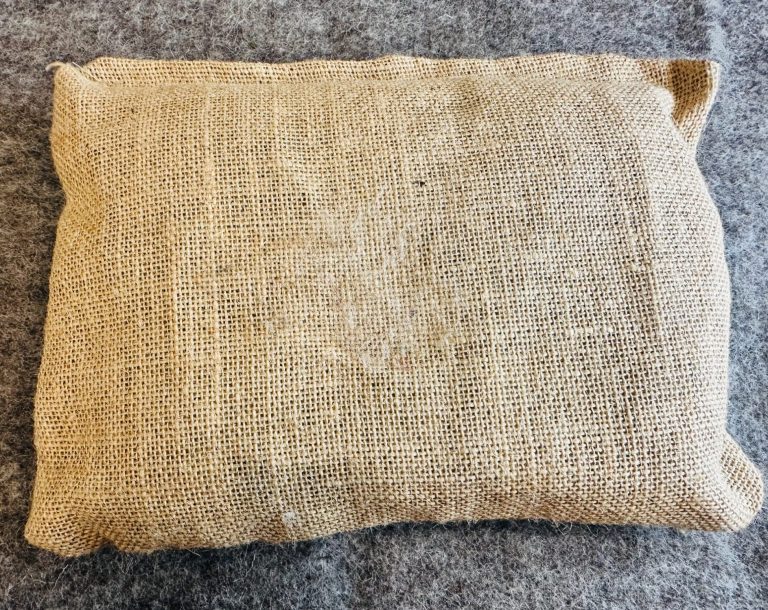


Finger Guards
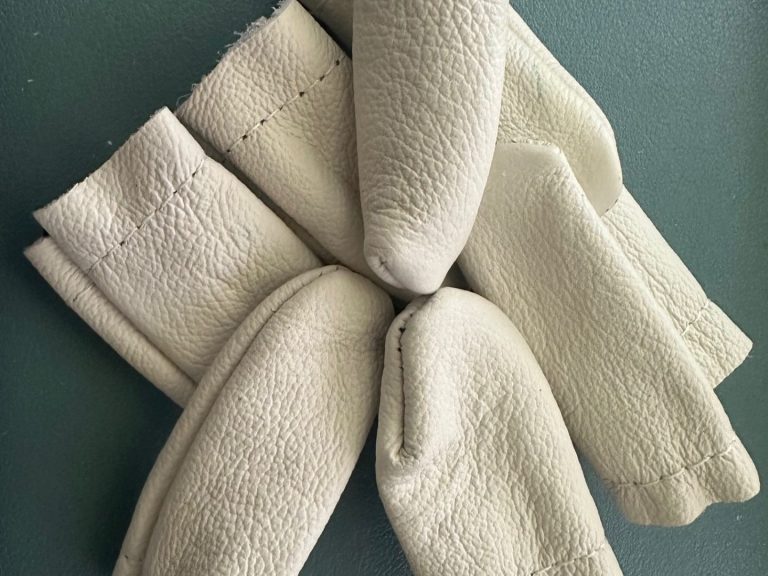
Safety is very important.
The needles are very sharp and it is so easy to puncture your skin in the beginning.
We recommend that you use finger guards until you become more confident.
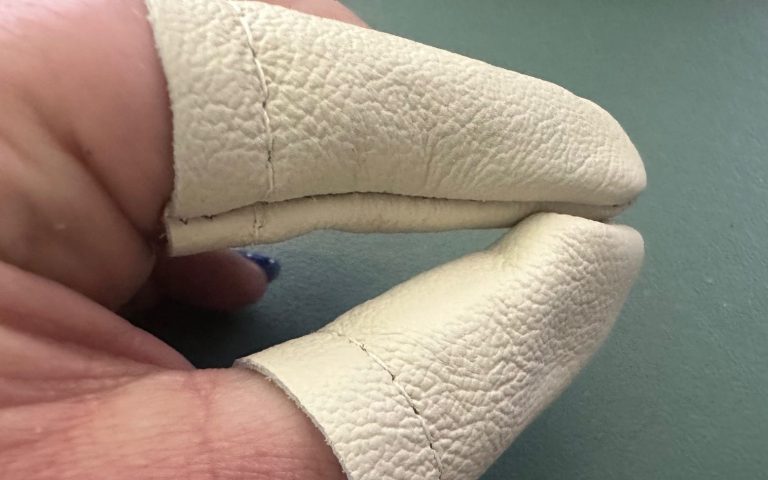
We need your consent to load the translations
We use a third-party service to translate the website content that may collect data about your activity. Please review the details in the privacy policy and accept the service to view the translations.
